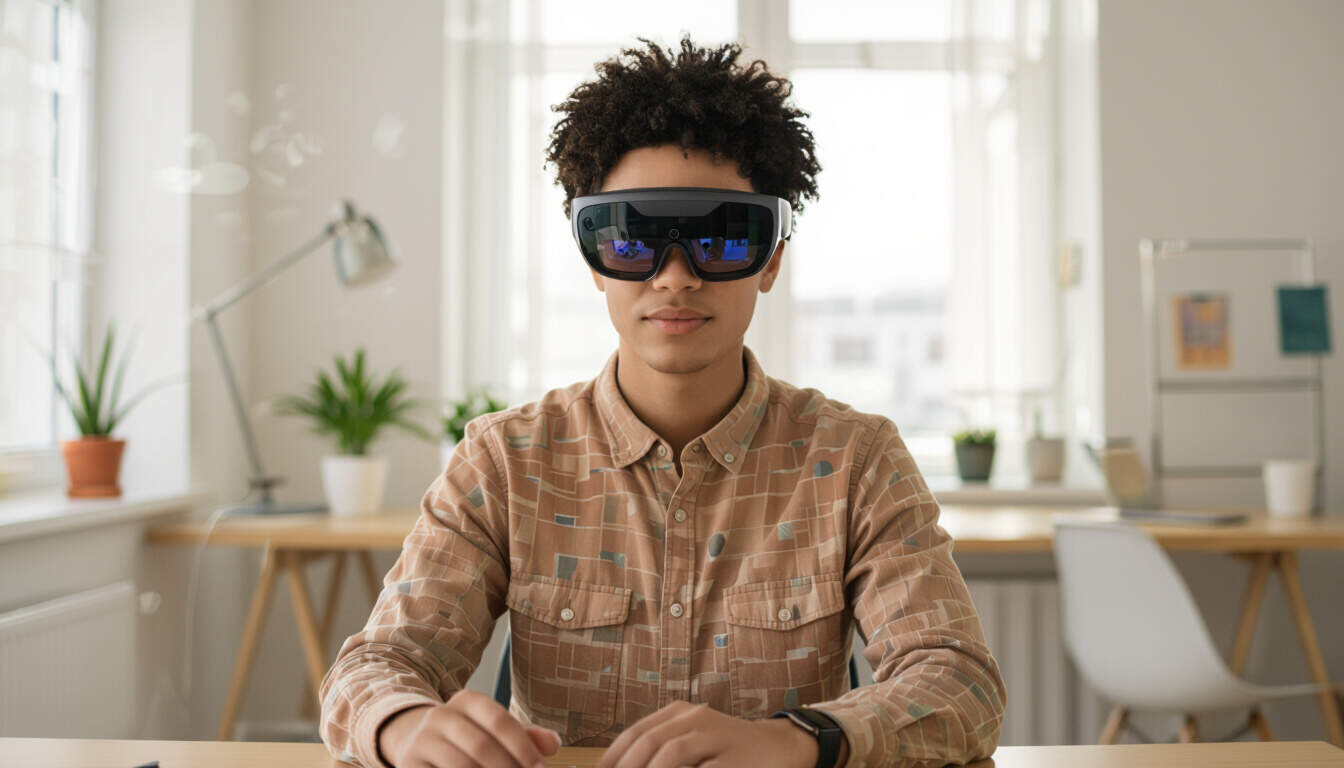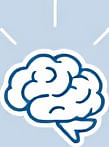How Augmented Reality Aids in Cognitive Load Offloading
 by Thaddeus Blanda
by Thaddeus Blanda
Explore ways augmented reality can reduce mental overload in daily routines. This article offers practical tips for students and professionals to manage cognitive demands effectively, enhancing focus and productivity through innovative applications.

In our busy lives, managing mental demands can be challenging. Cognitive load offloading involves strategies to ease the burden on our brains. Augmented reality applications provide tools to achieve this by overlaying digital information onto the real world.
One key benefit of augmented reality is its ability to present information visually. For instance, students can use AR apps to visualize complex concepts without holding all details in mind. This approach helps free up mental space for other tasks.
Professionals often deal with multiple responsibilities. AR can assist by projecting reminders or schedules directly into their field of view. A simple app might show upcoming meetings on a smart lens, reducing the need to constantly check devices.
To start with practical tips, begin by selecting user-friendly AR tools. Apps that offer voice commands can minimize manual input, allowing for smoother integration into daily routines. This makes it easier to handle information without added stress.
Consider a scenario where a student prepares for exams. Using an AR application to scan textbooks and highlight key points can streamline studying. By doing so, the student reduces the cognitive effort needed to organize notes manually.
For professionals, AR in workplaces can display workflow instructions in real-time. Imagine an assembly line worker who uses AR glasses to see step-by-step guides. This method ensures accuracy while lessening the mental load of memorizing procedures.
Everyday Applications of AR for Mental Relief
In daily life, AR can transform routine activities. Grocery shopping becomes less taxing with apps that overlay shopping lists onto store shelves. Users simply pick items as prompted, avoiding the mental effort of tracking a list.
Another area is navigation. AR maps can guide users through unfamiliar areas by showing directions overlaid on the environment. This allows individuals to focus on their surroundings rather than concentrating on a screen.
Health and wellness apps using AR promote relaxation techniques. For example, an app might project breathing exercises into the user's view, helping to clear the mind during breaks. Regular use of such tools can lead to better overall mental health.
Tips for Effective Implementation
When incorporating AR into your routine, set clear goals first. Identify specific areas where mental overload occurs, such as during work meetings or study sessions.
Start with basic features to build familiarity. Many AR apps include tutorials that demonstrate how to use them effectively. Practicing in a low-pressure setting ensures you gain confidence quickly.
It's important to balance usage with rest. Over-relying on technology might create new habits that need monitoring. Aim for a mix of AR-assisted tasks and traditional methods to maintain cognitive flexibility.
For students, integrating AR with learning management systems can be particularly helpful. Apps that allow interactive simulations of subjects like biology or physics enable hands-on exploration. This interactive element can make learning more engaging and less mentally exhaustive.
Professionals might find AR useful in collaborative environments. During virtual meetings, AR can display participant names and roles, reducing the cognitive load of remembering details in real-time.
Long-Term Benefits
Over time, consistent use of AR for cognitive offloading can improve productivity. Individuals report feeling more in control of their tasks, leading to reduced fatigue.
In educational settings, teachers can use AR to create immersive lessons that cater to different learning styles. This personalization helps students absorb information without overwhelming their cognitive capacities.
For everyday users, the key is consistency. By making AR a part of regular routines, people can experience sustained mental relief.
In summary, augmented reality offers promising ways to offload cognitive load. Through thoughtful application and practice, anyone can benefit from these tools to lead a more balanced life.
